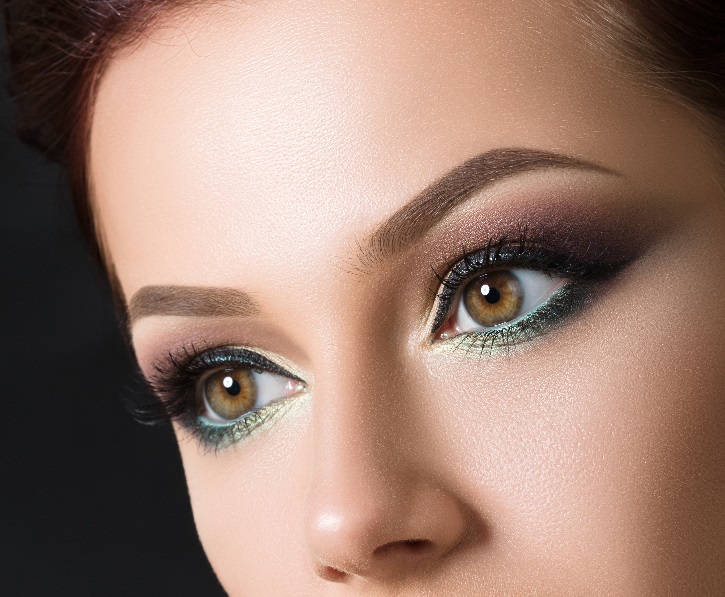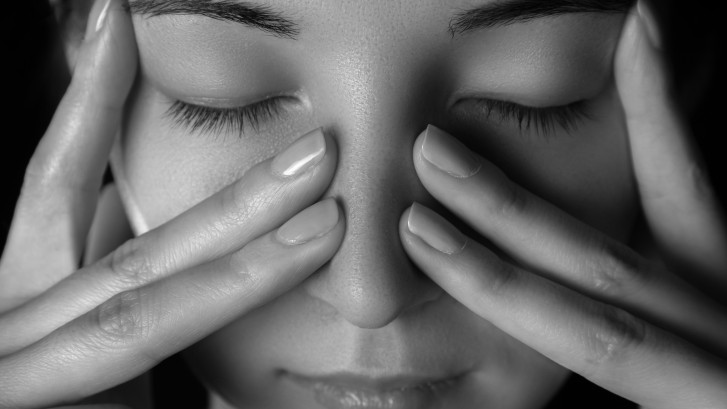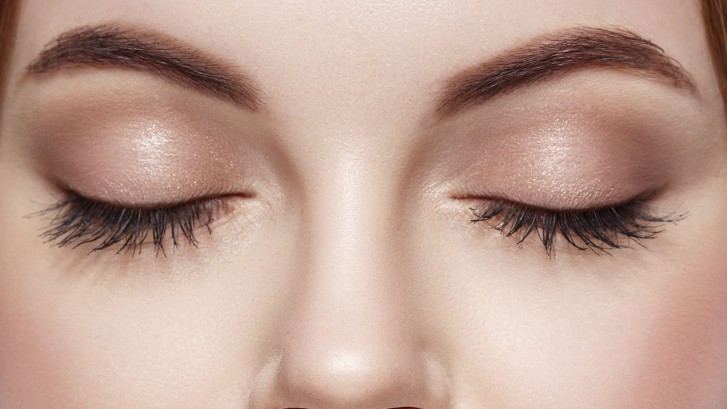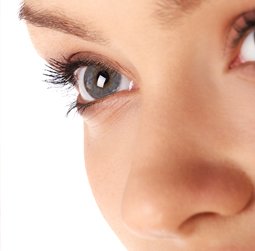Rhinoplasty Prep: A Few Tips
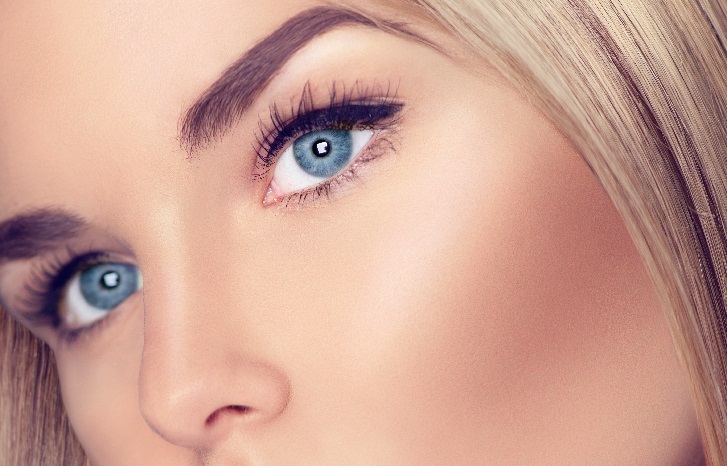
Rhinoplasty Prep: How to Prepare For Your Rhinoplasty
Undergoing any type of surgery is always a daunting and stressful process. Carefully preparing for your rhinoplasty surgery will build confidence in yourself and your surgeon, and ensure that your recovery yields the best possible results.
Be sure to select a board-certified surgeon who makes you feel comfortable, and has outstanding reviews with a track record of achieving impressive results with past patients.
Here are a few more tips to consider prior to having your rhinoplasty surgery…
Rhinoplasty Preparation: Your Consultation
The most important thing to do before scheduling your rhinoplasty is to meet with your surgeon. A personal consultation allows you to learn whether rhinoplasty will work for you, and how well the surgeon fits your desires.
During your appointment, you should expect to discuss your medical history, undergo a physical exam, and talk about your goals and expectations for rhinoplasty. You may also have photographs taken of your nose at various angles so that your doctor can assess your results.
Be sure to learn what to expect on the day of your procedure. Which staff will you interact with? When should you arrive and expect to leave? What medications will you receive, and what sort of side effects could you experience? Take time to discuss any questions or concerns you have with the surgeon in detail.
Rhinoplasty: Medications
Two weeks before and after your procedure, you should avoid alcohol and medications that can increase bleeding, like aspirin or ibuprofen (Advil, Motrin, and others).
Only take medications approved or prescribed by your surgeon. During this time, you should refrain from smoking, which slows healing and may increase the chance of infection. You may also want to consider taking supplements containing iron and vitamins C and E, which promote healing.
Rhinoplasty: Recovery Time
Plan for about two weeks off of work to recover. If you’re having an outpatient procedure, you should also arrange to have someone drive you home following surgery. You may also want someone to stay with you for a day or two after your rhinoplasty to assist you, as anesthesia often leads to impaired judgment, memory lapses, and slowed reaction time.
Make sure your surgeon knows about any other prescriptions you take, and have any medications your surgeon prescribes filled before surgery to avoid running out while impaired. Stock up on soft foods to make eating more convenient, assemble supplies needed for cold compresses, and make sure any important chores are completed beforehand.
Rhinoplasty: The Night Before
Do not eat or drink past midnight the night before your surgery. Try your best to get a good night’s sleep. In the morning, thoroughly wash your face and make sure that you are not wearing any cosmetics, including nail polish.
Most importantly, follow any directions your surgeon has given you.
Schedule a Consultation With Dr. Binder
If you’re considering a rhinoplasty procedure, the right surgeon is imperative in ensuring that your experience is a pleasant one that achieves the results you want. Schedule a consultation today with Dr. Binder, who takes the time to relieve his patients’ concerns to make them feel comfortable and confident. For this and all of your plastic surgery questions, contact the experts at Beverly Hills Plastic Surgery.
Related Posts
Broad Nasal Tip Rhinoplasty: What You Need to Know
How to Fix a Crooked Nose: Rhinoplasty

